
Maytag top-load washing machines are high-quality appliances with an excellent reputation for effectiveness. To ensure you get the best out of your Maytag washer and to protect your clothes and other laundry, it’s essential to follow the correct steps when prepping your laundry and selecting the appropriate settings.
This guide will walk you through seven simple steps, from checking the installation and sorting your laundry, to adding detergent, loading the washer, and choosing the right cycle. By understanding these processes, you can achieve optimal washing results and keep your clothes looking fresh and clean for longer.
Step 1 – Check the set up
Before you begin your laundry routine, take a moment to ensure that your Maytag top-load washer is correctly installed and ready for use. This is especially important if you’ve just purchased your washer. But even if you’ve had it for a while, it’s a good idea to check that it is set up correctly regularly.
Start by checking that all the washer’s feet are firmly in contact with the floor and locked in place. It’s also crucial to maintain an appropriate distance between the washer and dryer (if applicable) to prevent accidental contact during operation.
Next, confirm that the hot and cold water hoses are securely connected to their respective inlet valves. Proper installation is essential for the washer’s optimal performance and safety. If you are uncertain about the installation process, consult the manufacturer’s guide for step-by-step instructions to install a top-load washer correctly.
Step 2 – Prepare your laundry
Sorting your laundry is vital to ensure effective washing results and preserve the quality of your clothes. Separate your clothing items based on color, fabric type, and weight to prevent the colors from bleeding and other damage to delicate fabrics.
Start by dividing your laundry into two main categories: whites and colors. Within the color category, further separate pastels from darker hues. It’s best to keep dark reds, oranges, and yellows separate from dark greens, blues, and purples.
We recommend washing new and brightly colored items separately for the first several washes to prevent the color from transferring to other clothes. Group fabrics with similar weights together to avoid damage to delicate garments during the wash cycle. Before placing your laundry in the washer, fasten any hooks, tie strings, or close zippers to prevent tangling and potentially damaging the clothes.
Step 3 – Add detergent
Once your laundry is sorted, the next step is to add the detergent. To achieve clean and fresh-smelling clothes, use the right detergent and follow the recommended measurements for each item. If your Maytag washer is a high-efficiency (HE) model, use only HE detergent to avoid excessive suds and potential damage to the machine.
When adding detergent, pour it directly into the dispenser (if available) or directly into the tub before loading your clothes. Refer to the instructions on the detergent packaging for the recommended amount of detergent.
Add detergent pods, color-safe bleach, or fabric softener crystals directly to the washer before loading your clothes. However, liquid chlorine bleach and fabric softener should always be added to their designated dispensers.
Step 4 – Load your washing machine
Loading your Maytag top-load washer correctly ensures effective cleaning and avoids unbalanced loads that may cause the machine to shake or walk during the wash cycle. Start by placing hard-to-move bulky items, such as blankets or towels, at the bottom of the tub. This allows better interaction with the agitator or impeller.
When loading your clothes, distribute them evenly around the agitator or impeller, giving them enough room to move freely during the wash cycle. Add fewer items around the tub for bulky loads like rugs or heavy denim jackets to balance the weight and prevent unbalanced loads.
Step 5 – Add fabric softener
Adding fabric softener can help keep your clothes soft and prevent detergent buildup on your garments and the washing machine. If you choose to add fabric softener, locate the designated fabric softener dispenser, which is usually on the top of the agitator.
Add the recommended amount of fabric softener per the instructions on the package. You can also add a specialty stain-fighting product if you wish. Ensure you follow the correct instructions for each product to avoid damaging your laundry.
Step 6 – Choose the cycle
The final step is to choose the correct wash cycle. Setting the appropriate wash cycle is crucial to achieving the best results for your specific laundry items. Consider factors such as fabric type, color, and weight when choosing the cycle, and refer to the care tag on your clothes for specific washing instructions.
Here are some common Maytag top-load washer cycles and when they are recommended for use:
- Quick wash: Best for small, lightly soiled loads that need quick cleaning.
- Normal: Best for your standard loads of dirty laundry, including linens, cotton, and mixed garment loads.
- Heavy: Best for loads of laundry with heavily soiled, sturdy items.
- Whites: Best for loads of laundry containing heavily soiled white fabrics.
- Delicates: A gentle cycle for lightly soiled sheer fabrics, lingerie, and blouses.
- Rinse/Spin: Best for rinsing clothes that don’t need detergent, such as swimwear.
- Bulky: Suitable for washing large items like jackets and small comforters.
Step 7 – Run the cycle
Once you select the correct wash cycle settings, turn your Maytag washing machine on. When the cycle is complete, remember to take your laundry out of the washing machine as soon as possible to discourage moisture from building up in the appliance, as this can cause bacteria and mold to develop.
The bottom line
By following these steps, you can confidently use your Maytag top-load washing machine to achieve excellent cleaning results for various types of laundry. Remember to sort your clothes properly, add the right detergent and fabric softener, and select the appropriate cycle based on fabric type and soil level. With these tips, your laundry will be cleaner, fresher, and last for much longer.

Why Is My Microwave Sparking?
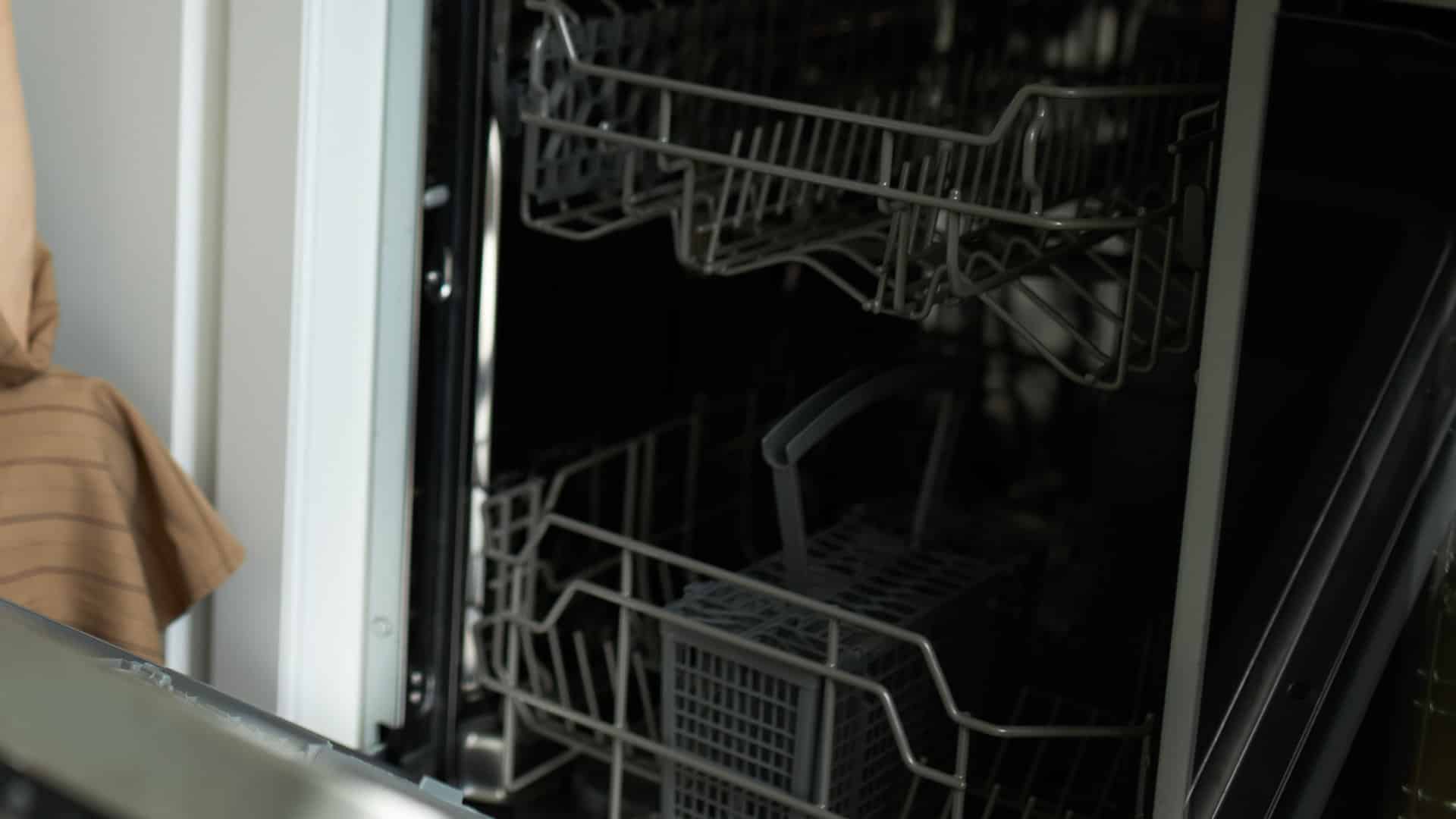
Understanding Frigidaire Dishwasher Error Codes

How to Dry Shoes in Dryer Without Damaging Them
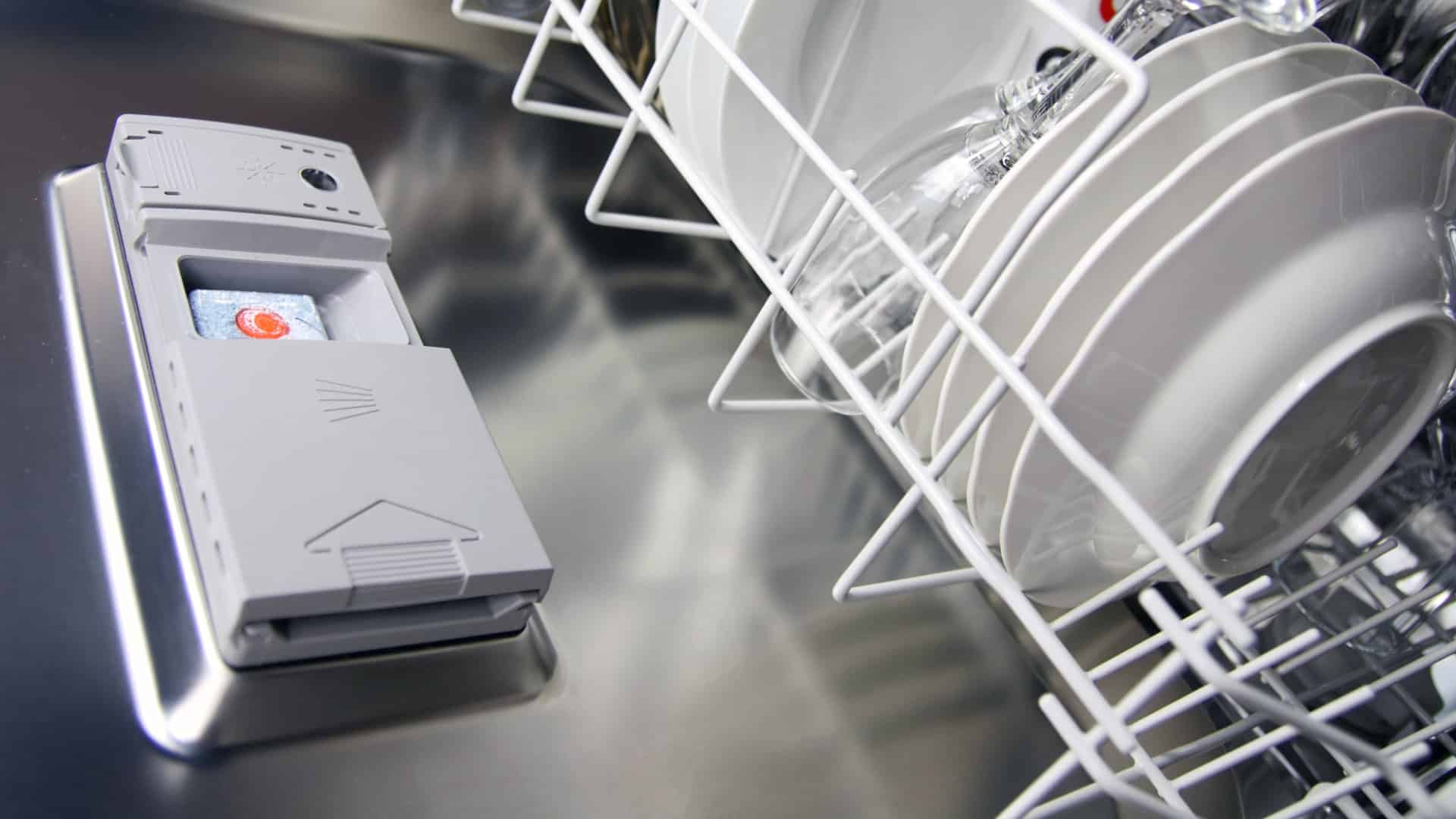
Why Is My Dishwasher Leaking?

How to Solve Electrolux Dryer Error Code E64

Microwave Light Won’t Turn Off? Here’s Why
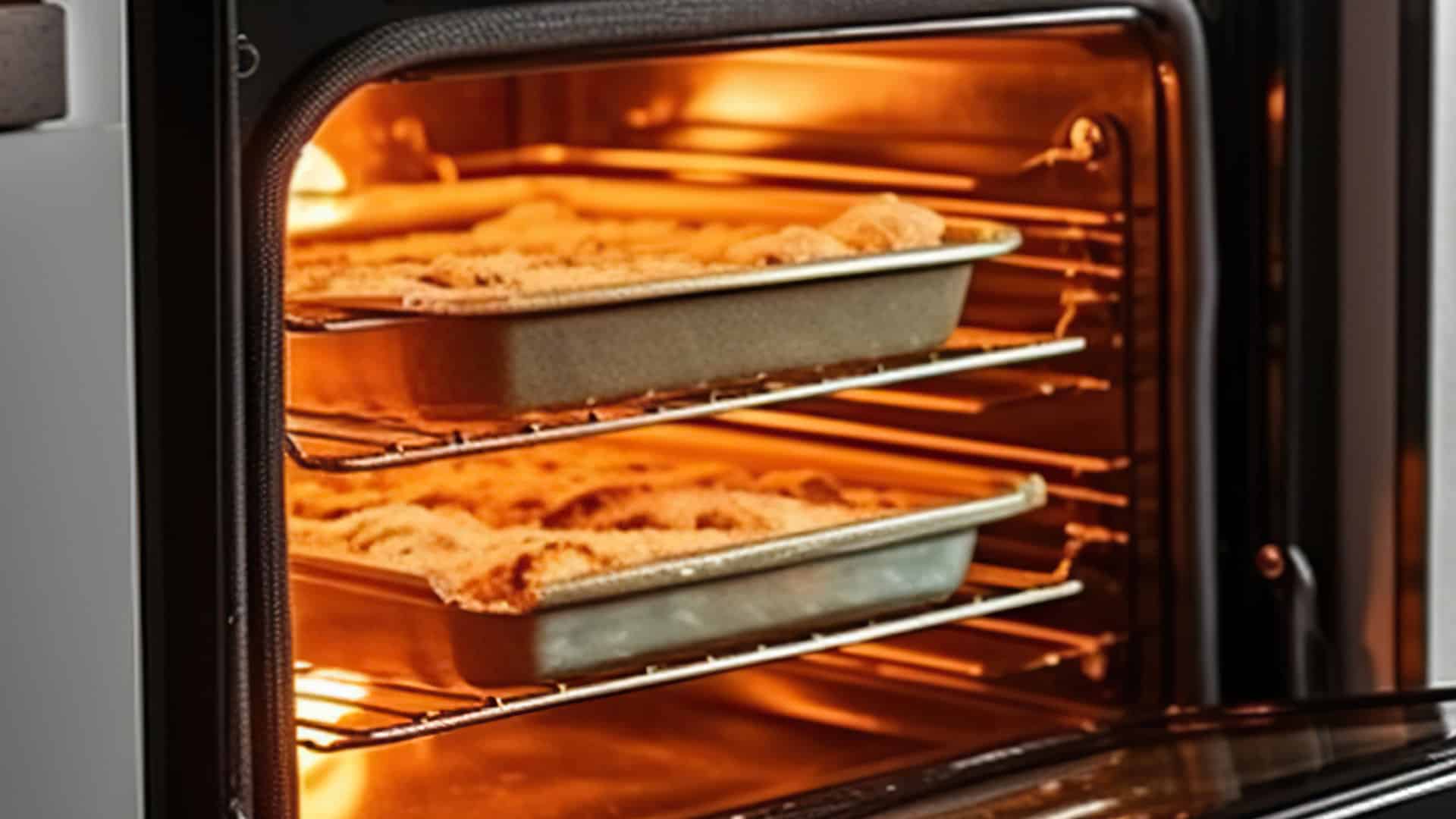
GE Oven F9 Error Code: How to Fix It

How to Use a Self-Cleaning Oven (In 4 Steps)

How To Use a Maytag Top-Load Washing Machine
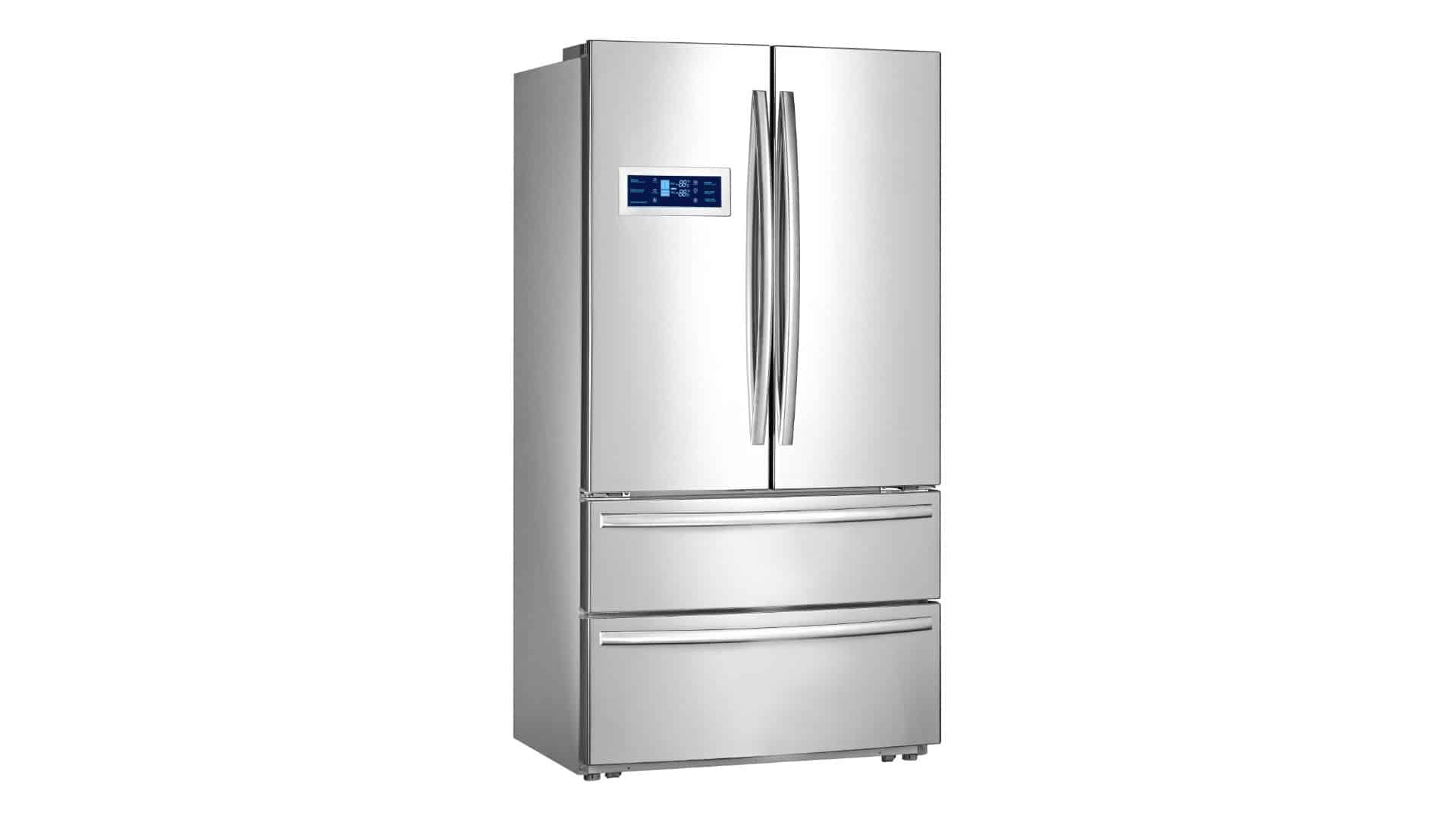
What to Do If Your Samsung Ice Maker Is Not Making Ice

How to Fix a Microwave Turntable That’s Not Turning

How to Wash Pillows in a Washing Machine

How to Fix an Ice Maker That Isn’t Working
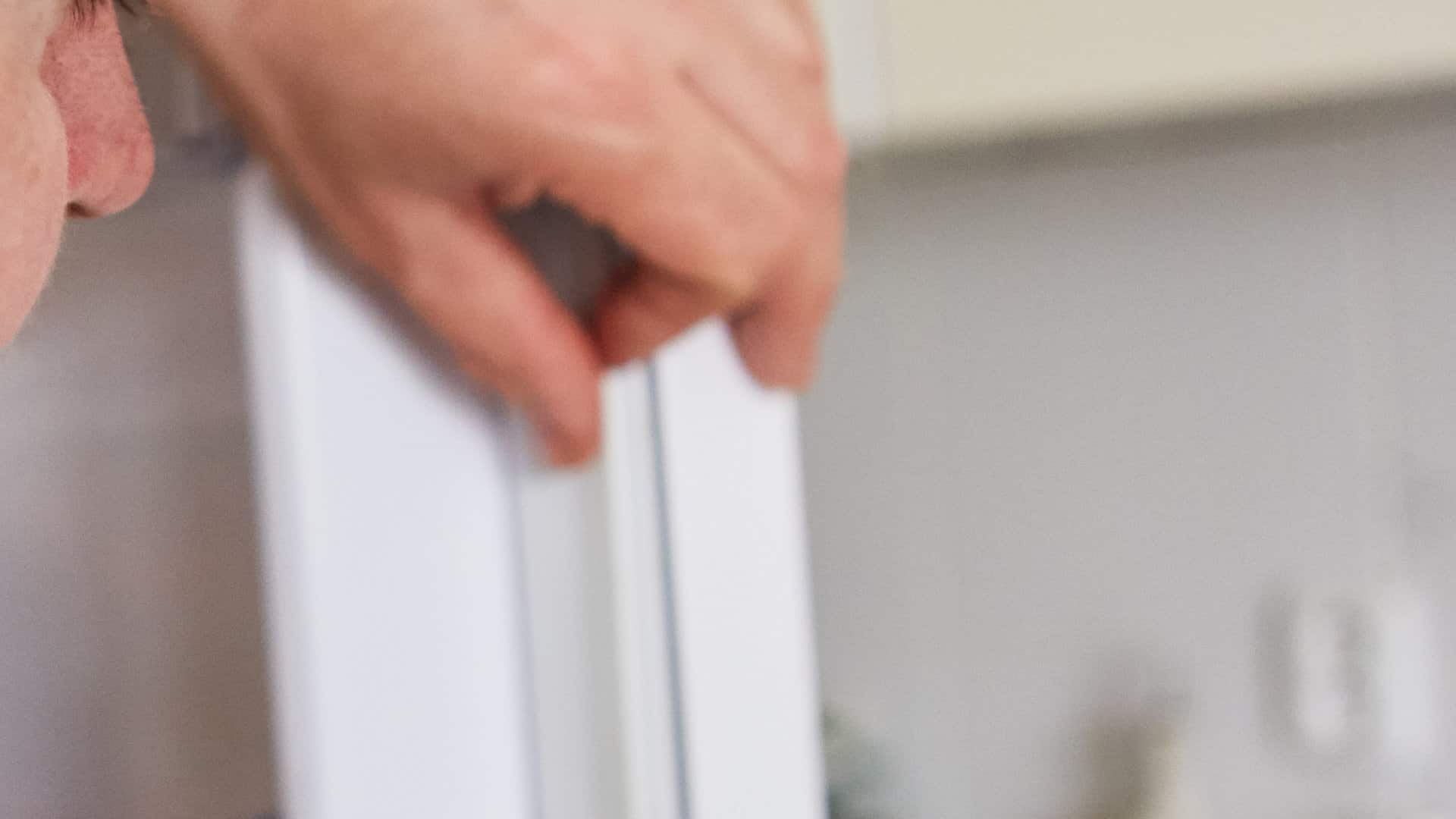
Broken Refrigerator Door Seal? How To Fix It


